Before the storm hits
- Regularly monitor forecasts and warnings of storms and heavy rain.
- Ensure that boats are anchored safely, do not stay on ships, rafts, or watchtowers.
- Stock up on food, water, medicine and essential supplies for at least 3 days.
- Identify safe shelters; actively evacuate according to government instructions.
- Reinforce houses, trim tree branches, remove billboards, protect construction sites.
- Reinforce barns or move livestock to higher ground to avoid flooding.
- Harvest agricultural and aquatic products early to reduce damage.
- Keep your assets high and important documents in a safe place.
- Move vehicles and machinery to high places; beware of basement flooding.
- Flood, flash flood and landslide prevention in low-lying, coastal and mountainous areas.
- Clear sewers; notify authorities when there is a blockage or deep flooding.
- Save local emergency phone numbers.
When the storm hits
- Continuously monitor storm and heavy rain developments.
- Stay indoors, close doors, stay away from windows and glass areas.
- Do not go out except in an emergency; if you must go, bring a flashlight, life jacket, whistle and phone.
- Do not take shelter under trees or electric poles; beware of lightning and flying objects.
- Turn off the power and gas to reduce the risk of fire and electric shock.
- Absolutely do not stay in the aquaculture area; do not return until the storm has completely passed.
- Be careful when the storm passes because the wind may calm down for 30-60 minutes then change direction and become strong again.
- Beware of flooding, flash floods, and landslides in low-lying, urban, and mountainous areas.
- Call the emergency rescue number, provide exact location and status.
- Comply with evacuation and protection instructions from the authorities.
Source: Department of Dyke Management and Disaster Prevention ( Ministry of Agriculture and Environment )
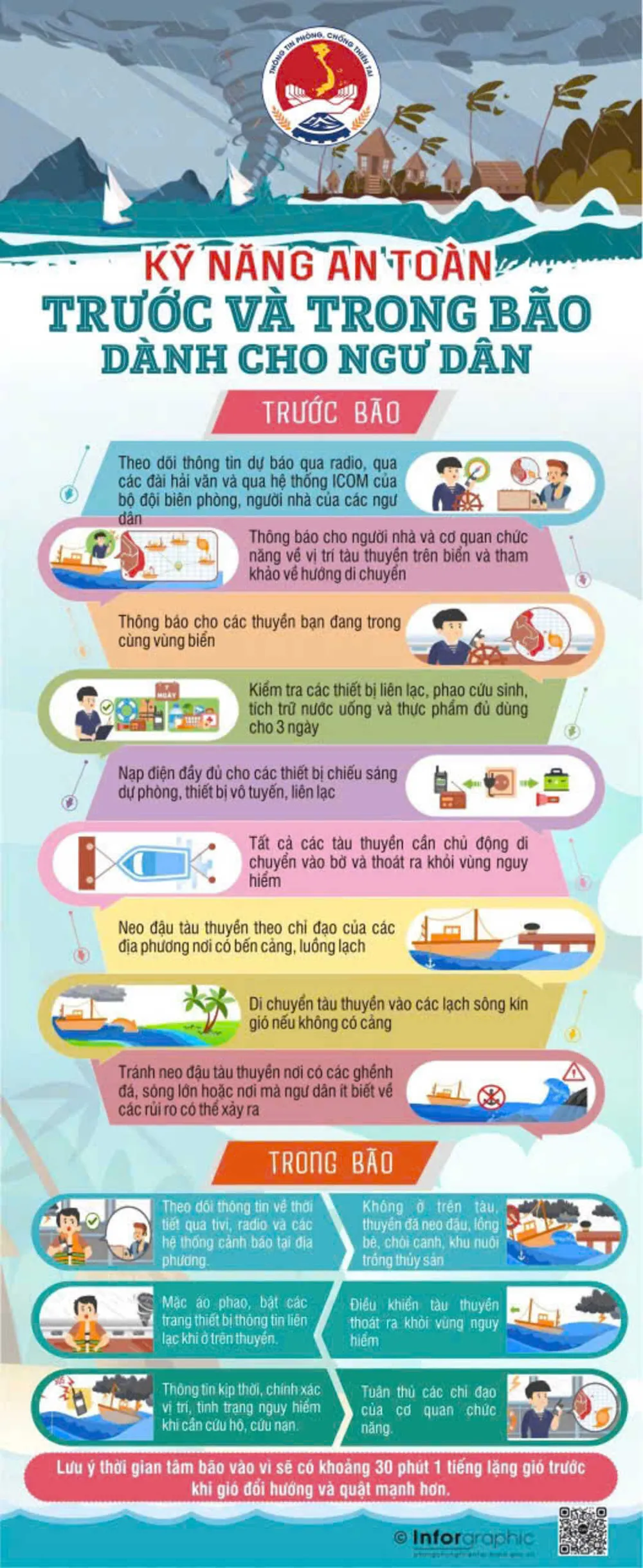
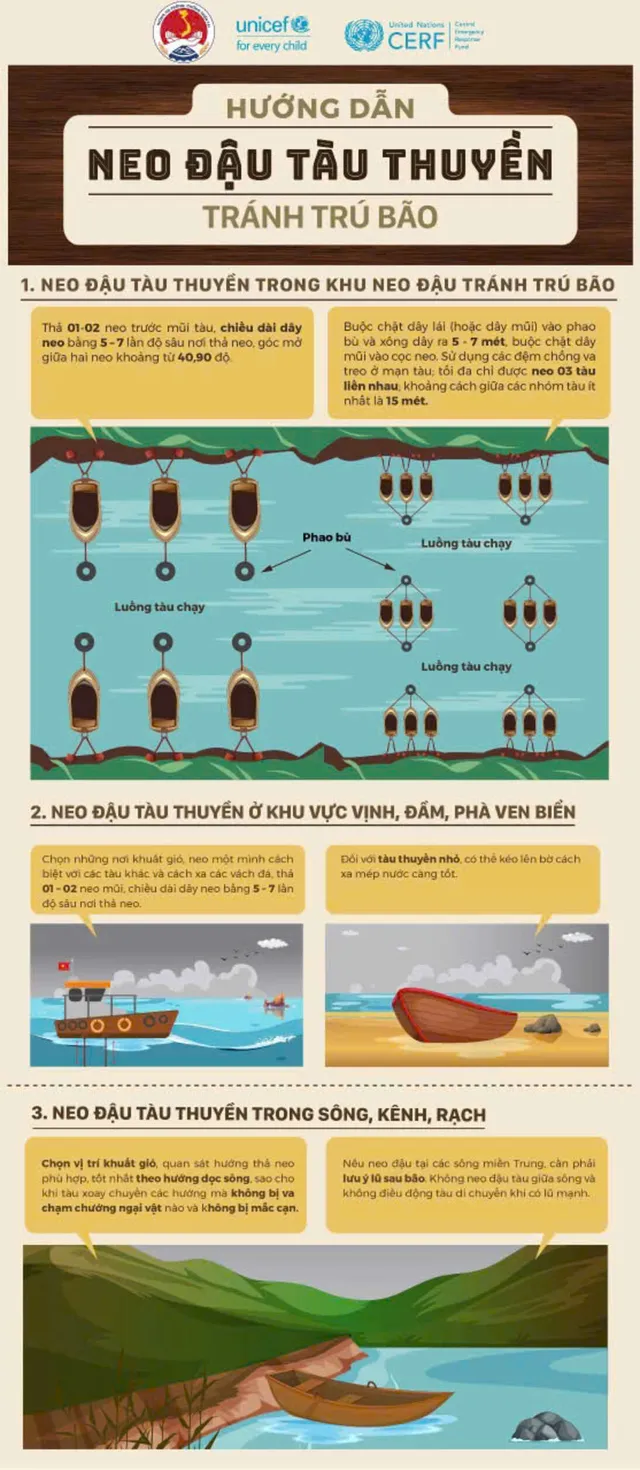
Source: https://www.sggp.org.vn/cam-nang-ung-pho-bao-so-5-post809998.html








![[Photo] General Secretary To Lam attends the 80th anniversary of Vietnam's diplomacy](https://vphoto.vietnam.vn/thumb/1200x675/vietnam/resource/IMAGE/2025/8/25/3dc715efdbf74937b6fe8072bac5cb30)
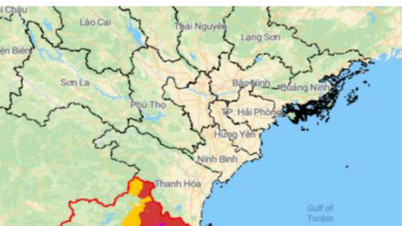

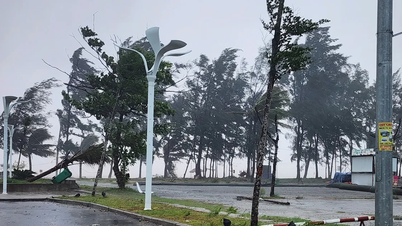
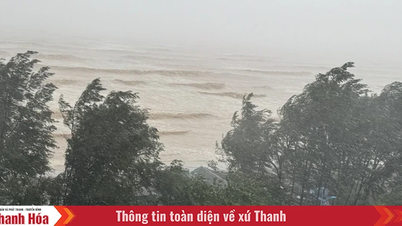



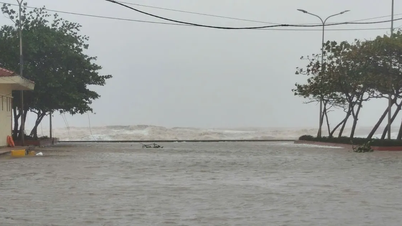










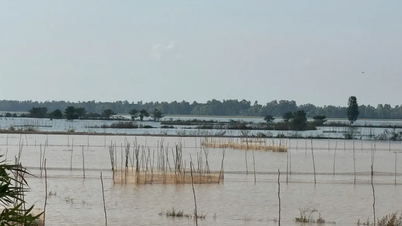







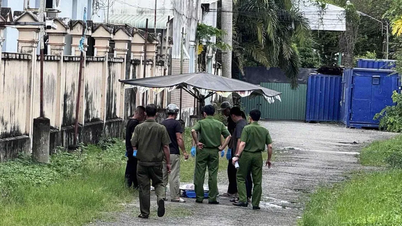

















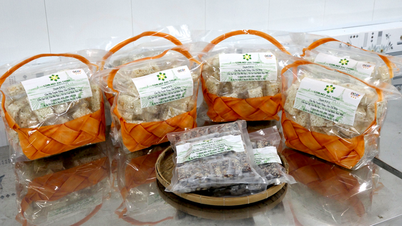




























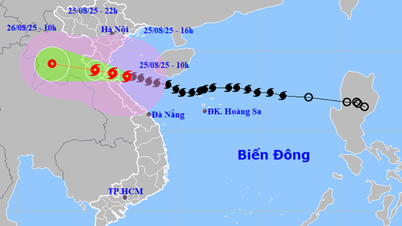
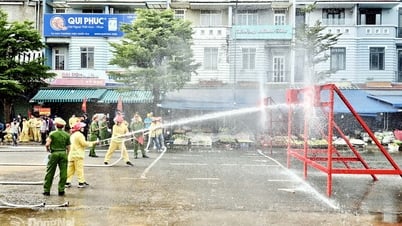



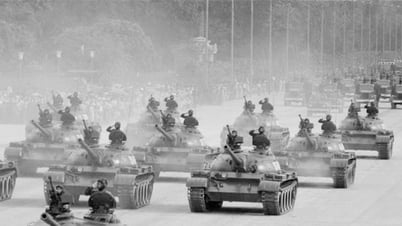





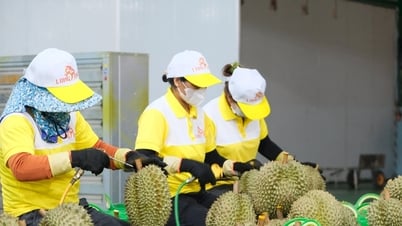







Comment (0)